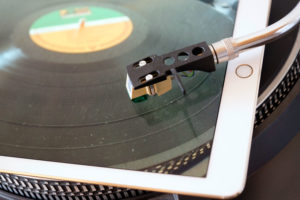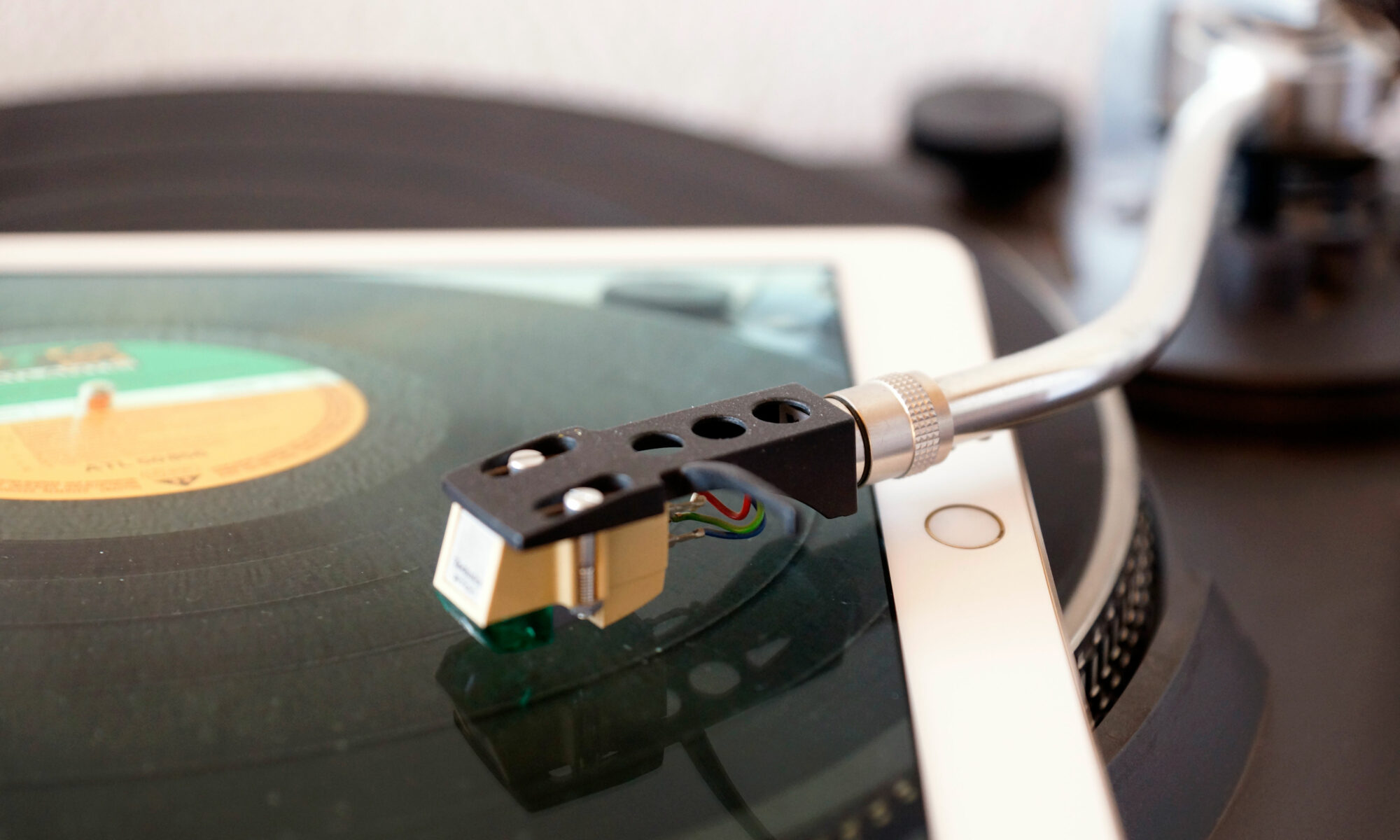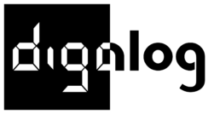Eva Borner, Basel (BS) & Hans Peter Gutjahr, Hauenstein (SO)
Eva Borner creates media art installations combining video, sound and objects. The artist designs poetic, ambiguous, nonlinear dramatic threads revolving around loss and memory. In her work, she redirects the focus from primary visual experiences to multisensorial adventures.
The audio video installation For the moment I am inventing the present, slowly pearling water in the overflowing shadow of an empty water glass by Eva Borner and Hans Peter Gutjahr, a quiet, sensorial experience of perceptions and illusions. An empty water glass throwing two shadows on the wall. The glass is always empty, yet the shadows are slowly and alternately filling with water. A double bass player (Markus Fischer) and a sound designer (Hans Peter Gutjahr) are entering into dialogue, interpreting the film by their music as well as in a live performance on Friday, march 29th, 9.00 pm with different analogue techniques. The sound is digitally recorded and reproduced “without any loss” together with the film.
Wieslaw Pipczynski, Kaufdorf (BE) & Regula Küffer, Bern (BE)
regulakueffer.ch
A wooden box, some buttons and two metal sticks, an electronic field in between: The Theremin, invented in 1919 by a russian professor in physics. The musician Wieslaw Pipczynski waves his hands in this electronic field, producing changes in pitch by moving one hand and changes in volume by moving the other hand. He is among the few artists in the world who still play this rare instrument.
At the digalog art festival the musician presents on Sunday, march 31st, 11 am his own composition Theremin and more for theremin and an analogue synthesizer, he mixes the sounds of electronic music with instruments of earlier centuries like old chimes or an accordeon. Regula Küffer, multifaceted flute player and performance artist completes the program with a variety of wind instruments and unexpected sound objects that appear from the duos suitcase.
Gysin-Vanetti / Andreas Gysin & Sidi Vanetti, Lugano (TI)
Andreas Gysin (1975) and Sidi Vanetti (1975) have been working together on independent projects since 2000. They combine disciplines such as visual communication and architecture with new and old technologies.
Besides their jobs as teachers and designers they present different works of art and installations in galleries, expositions or in public space.
XXX
2018-19
Cinetic composition of three LED pharmacy crosses. Three crosses arranged on the floor, inclined 45°, are reprogrammed to a geometrical choreography.
Camille Scherrer, Ollon (VD)
The interaction designer Camille Scherrer likes to play at the intersection of technology and art, always looking out for new fields of investigation.
The interactive installation Boum Tchak Bam invites the visitors to take a seat on three oversized, colourful rocking chairs, to sit down, rest and – of course – to swing. As they move, the chairs produce sounds and noises that accompany the gentle swinging.
Livia Müller, Buttisholz (LU)
Livia Müller designs electronic creatures and pneumatic objects. She uses different materials such as plastic, adhesive tape, ceramics or water for the creation of her installations. Her works of art are often adapted to the ambiance and space where they are exhibited.
breathing bodies, 2019: The inflated bodies are arranged in groups. They build up and rise in the room before they sink down slowly. The moving objects seem to be alive. The visitors can control the rhythmical breathing movements by sensors. Each figure is unique in design and program and has an individual character.
Flo Kaufmann, Solothurn (SO)
Flo Kaufmann (*1973, Solothurn) calls himself “bricoleur universal” – in his art he is mainly interested in the experimental confrontation of electronics, music and video installation. He uses everyday materials and trouvailles to abstract their original function and to transform them, creating new objects and instruments.
At digalog art festival the artist presents an Installation experiencing errors, random noises and accidents that can occur during the transition from analog to digital and vice versa.
Andy Guhl, St. Gall (SG)
Andy Guhl (artist, musician, architect, St. Gall) is among the sound artists of the first moment. He creates new sounds and pictures by means of “hacked everyday electronics”. He uses components of loudspeakers, television sets, cameras and other objects creating surprising, colourful, sounding pieces of art.
The interactive installation Imitator 2 reproduces sequence cuts of films and TV shows in colourful, coarse-grained pictures. Different interpretations of the transformed pictures of the TV imitator are transmitted to screens on which, at the same time, there is a projection – the unique spectacle is accompanied by a soundtrack generated by changing LEDs.
Stefan Rohner, St. Gall (SG)
Stefan Rohner always had a fascination for photography and film and is trying to experiment with these media in all possible ways. As multi-media artist he is wrapping and framing his video work in sculptures and other objects. He has won several prices and participates in numerous exhibitions in Switzerland and abroad.
The Installation Solarisation presents a video on a monitor screen inserted in a table. Solarisation is an analogue developing process during wich white light is added to the usual red light of the darkroom – the result is an overexposed photo, half positive, half negative.
The work of art Dia-Globus, 1992: Diapositives on an illuminated globe. Object Ø 35cm
Cyanotypie #XIII, 2017(Pebbles), analogue technique, 207 x 146 cm
händundfüess, #01-03, 2019 – digital photography digital, series of nine parts.
The plethora of images has concerned Stefan Rohner since the beginning of the nineties – his work of art Dia-Globus reflects these thoughts. The artists last creation in the dark room, Solarisation was filmed with a video camera and is reproduced on a monitor screen inserted in a table. Today, the artist often uses the analogue cyanotype procedure. The latest creations, from the series händundfüess are examples of digital photography.
Peter Aerschmann, Bern (BE)
Peter Aerschmann is among the most distinctive media artists in Switzerland. Sometimes with a lot of humour, sometimes cryptical and sometimes critical – in his usually short films the artist combines optical fragments of everyday life with an ideology which, despite of all lightness, allude to existential questions. The intense observation of the world surrounding him as well as complex considerations on reflecting impressions and memories are the points of origin of Peter Aerschmanns work.
In his latest series of interactive installations the video artist experiments with test tubes. Reagenz 1 is the first part of the series: a cluster of berries reacts to the activation of a press button by the visitor. In further works of art the artist will simulate the immersion of different objects in test tubes, provoking surprising reactions in the analogue liquids.
Yoan Mudry, Genf (GE)
His work focuses on an attempt to understand the mechanisms of the flux of images, narrations and informations that are surrounding our world. He transforms everyday objects into ironic comments on the consumer society.
Yoan Mudry presents his installation TIC-TAC: five Italian Bialetti coffee makers singing an English language cover version of a Belgian punk song.
Dirty Ghosts. A group of absurd shoe robots, equipped with simple technique to let them walk around in the exposition hall. In their random existence, the aimlessly wandering shoes are representing their absent owners.
Daniel Imboden, Ballwil (LU)
Daniel Imboden designs special technical constructions made of hightech materials and electronic scrap, creating unique mechatronic, electric and technical works of art.
logisch. From logical 0 to logical 1 we are surrounded by billionfold states that are yet invisible. The object generates a harmonic dance between the states 0 and 1.
Kommunikation. Lazy tongs – an articulated chain of several crossed sticks – shoot forward filming the face of the observer repeatedly until the pictures are irrecognizable in their final projection on small screens. The artist demonstrates the falsification and distortion (digital) in society today.
Jonathan Owadja, St. Gallen (SG) & Marie Malou, Zurich (ZH)
Jonathan Owadja (*1983, designer, filmmaker and artist) and Marie Malou (*1981, musician, singer and sound designer), in cooperation with Marcel Siegwart (SG, technician), design colourful machines using analogue keys and switches that produce sounds and lights and create moods – in the room around them as well as in the person that operates them. The imagination machine is at the same time piece of art and toy, it can be used for installations, as an instrument or for performances.
The artists present the largest of their imagination machines:
Rubens No 1 – Höllensturz der Verdammten
(Skyfall of the damned)
consisting in more than 114 switchings, lights and key elements. On the base of more than 30 sound levels, Marie Malou created a composition for 4 hands for the Machina Imaginis Rubens No 1, producing a graphical score.
The composition will be performed at the digalog art festival on Friday, march 29th, 9.30 pm.


